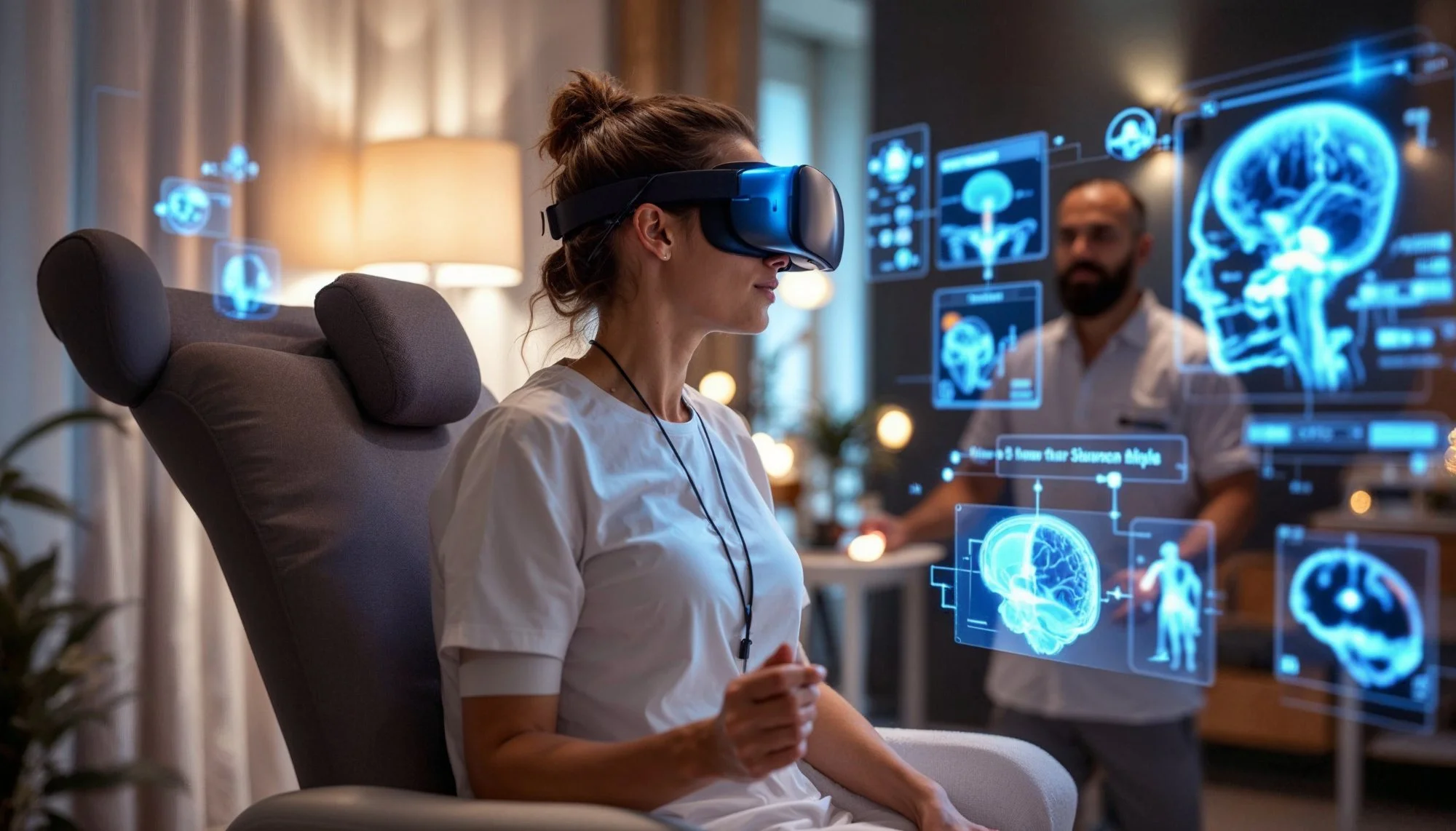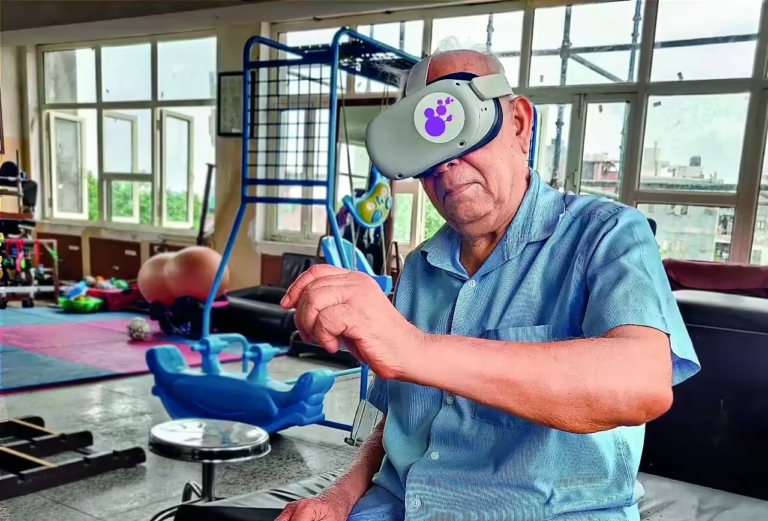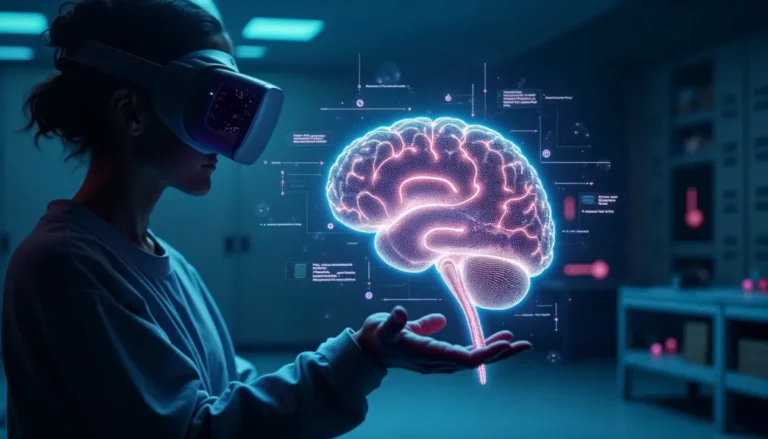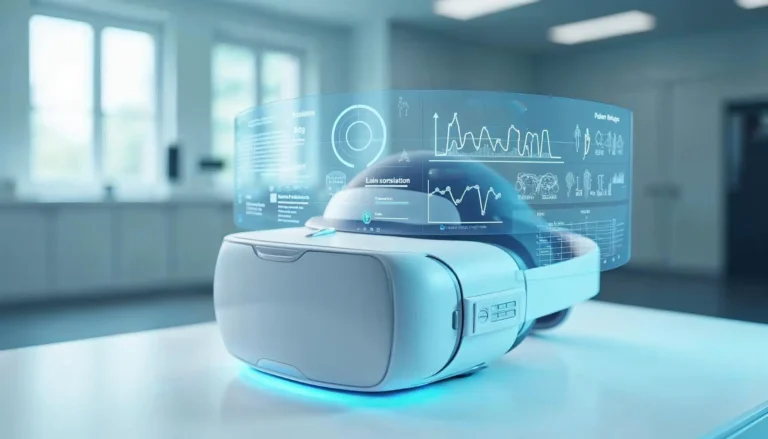Book Appointment Now

Virtual Reality Physiotherapy: Rehab
Introduction
Virtual Reality (VR) has emerged as a transformative force in healthcare, particularly in physiotherapy. This innovative approach combines immersive VR technology with therapeutic exercises, revolutionizing how we treat physical and neurological conditions. The integration of VR into physiotherapy has demonstrated remarkable success in improving patient outcomes while enhancing engagement in rehabilitation programs. As healthcare continues to evolve, VR physiotherapy stands at the forefront of technological advancement in patient care, offering new possibilities for treatment and recovery.
Treatment Applications and Therapeutic Benefits
Musculoskeletal Rehabilitation
Virtual Reality Physiotherapy has shown significant promise in treating arthritis and sports injuries. For arthritis patients, VR creates an engaging environment where traditional exercises are transformed into interactive experiences, reducing pain perception while improving joint flexibility. The technology allows patients to perform movements that simulate real-life activities, such as gardening or playing sports, without placing excessive stress on their joints. This approach not only alleviates discomfort but also encourages consistent participation in therapy sessions.
Athletes recovering from injuries benefit from sport-specific simulations that allow controlled reintroduction to physical activity, enhancing proprioception and maintaining motivation throughout the rehabilitation process. The virtual environment provides a safe space for practicing complex movements and sport-specific skills, enabling athletes to regain confidence and physical capability without risking re-injury. Real-time feedback systems within the VR platform help ensure proper form and technique, crucial elements in athletic recovery.
Pain Management and Post-Surgical Care
Virtual Reality Physiotherapy offers innovative approaches to chronic pain management through distraction therapy and graded exposure techniques. Patients immersed in calming virtual environments often report reduced pain perception, enabling more effective participation in rehabilitation exercises. The technology’s ability to create engaging scenarios helps patients focus on therapeutic goals rather than discomfort, leading to improved treatment adherence and outcomes.
Post-surgical rehabilitation benefits from tailored VR programs that promote optimal healing while preventing complications such as muscle atrophy, particularly beneficial for joint replacement and ligament reconstruction recovery. These programs can precisely monitor range of motion and movement quality, ensuring patients progress safely through their rehabilitation protocols. The immersive nature of VR helps reduce anxiety associated with post-surgical movement, enabling patients to approach their recovery with greater confidence.
Specialized Applications
Balance and Vestibular Rehabilitation
For patients with balance disorders and vestibular dysfunction, VR physiotherapy provides controlled environments for balance training. Virtual obstacle courses and specialized exercises help retrain the vestibular system while building patient confidence in a safe setting. The technology allows for precise manipulation of visual and spatial challenges, creating progressively more demanding exercises as patients improve. This systematic approach has proven particularly effective in reducing fall risk and improving spatial orientation in both elderly patients and those with specific vestibular conditions.
Cardiopulmonary Rehabilitation
Patients with cardiopulmonary conditions benefit from VR-based exercise programs that combine aerobic activities with precise monitoring of vital signs. Virtual environments allow for graduated intensity levels, ensuring safe progression while maintaining engagement in the rehabilitation process. The technology can simulate various environmental conditions and exercise scenarios, providing diverse training options while maintaining strict safety parameters. Real-time monitoring of heart rate, oxygen saturation, and other vital signs ensures that patients exercise within appropriate physiological limits.
Pediatric Applications
Virtual Reality Physiotherapy has revolutionized pediatric rehabilitation by transforming therapeutic exercises into engaging, game-like experiences. Children with conditions such as cerebral palsy or recovering from injuries show improved compliance and outcomes when therapy is delivered through immersive VR platforms. The gamification of therapeutic exercises helps maintain motivation while achieving therapeutic goals. These specialized pediatric programs often incorporate educational elements, helping young patients understand their conditions and the importance of consistent therapeutic practice.
Mental Health Integration
The application of VR physiotherapy extends beyond physical rehabilitation to address psychological aspects of recovery. For patients with anxiety or PTSD-related movement limitations, virtual environments provide safe spaces to work through physical challenges while managing psychological barriers. The technology can create graduated exposure protocols that help patients overcome movement-related anxiety while building physical capability. This integrated approach to mental and physical health represents a significant advancement in comprehensive patient care.
Implementation and Future Directions
The implementation of Virtual Reality Physiotherapy offers several key advantages, including real-time feedback mechanisms, personalized treatment programs, and enhanced patient engagement. Remote accessibility through portable VR systems has expanded the reach of physiotherapy services, allowing for continued treatment in home settings under professional supervision. This technological advancement has proven particularly valuable in maintaining continuity of care during situations where in-person therapy may be limited or inaccessible.
Technological Integration and Development
The ongoing evolution of VR technology continues to enhance therapeutic capabilities. High-precision motion tracking systems enable detailed movement analysis, while haptic feedback provides tactile sensations that enhance the realism of virtual exercises. Advanced data analytics capabilities allow therapists to track patient progress with unprecedented detail, enabling more precise adjustment of treatment protocols.
Despite these advantages, certain challenges persist. The initial cost of VR systems, requirements for specialized training, and limited accessibility in some regions remain barriers to widespread adoption. However, ongoing technological advancements and decreasing equipment costs suggest a trajectory toward broader implementation. The development of more intuitive user interfaces and standardized treatment protocols is helping to address these challenges.
Looking forward, the integration of artificial intelligence with VR platforms promises even more sophisticated and adaptive therapy programs. The potential for incorporating wearable sensors and biometric feedback systems will further enhance the precision and effectiveness of treatment protocols. Research continues to explore new applications and refine existing protocols, expanding the scope of conditions that can benefit from VR physiotherapy.
Conclusion
Virtual Reality Physiotherapy represents a significant advancement in rehabilitation medicine, offering innovative solutions for a wide range of conditions. Its ability to enhance patient engagement while delivering measurable therapeutic outcomes positions it as a valuable tool in modern healthcare. As technology continues to evolve and become more accessible, VR physiotherapy is poised to play an increasingly central role in rehabilitation care, promising improved outcomes and enhanced quality of life for patients worldwide. The continued development of this technology, coupled with growing evidence of its effectiveness, suggests that VR physiotherapy will remain at the forefront of rehabilitation innovation for years to come.



